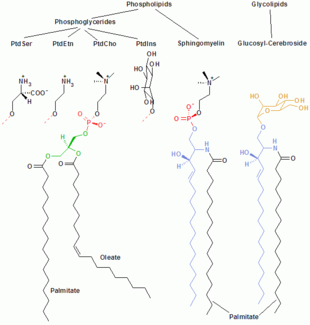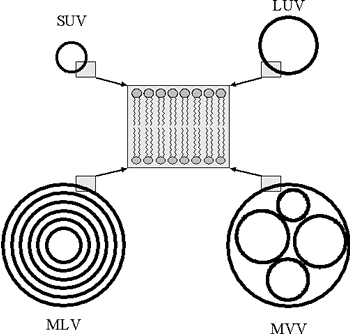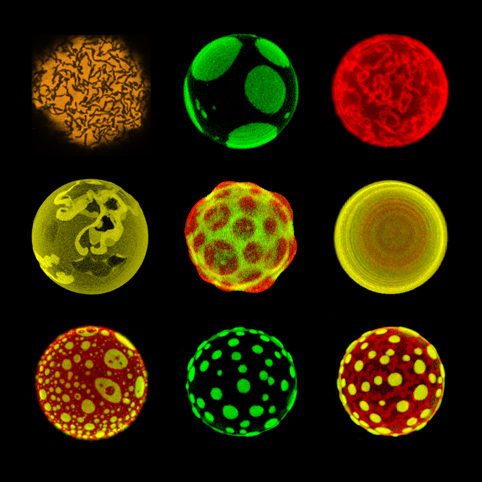
WHAT ARE LIPOSOMES?
Liposomes were discovered by accident. They were created under an electron microscope after dye was added to dry phospholipids. Naturally the lipids aggregated and formed vesicles. Liposomes are basically small vesicles whose membrane resembles that of a lipid bilayer. In fact, liposomes can be created from the same types of phospholipids found in cell membranes. Not all lipids in liposomes are naturally occurring, some are synthetic. The Lipids used in liposomes include: sphingolipids, bioactive, fluorescent, sterols, and fatty acid modified lipids.



